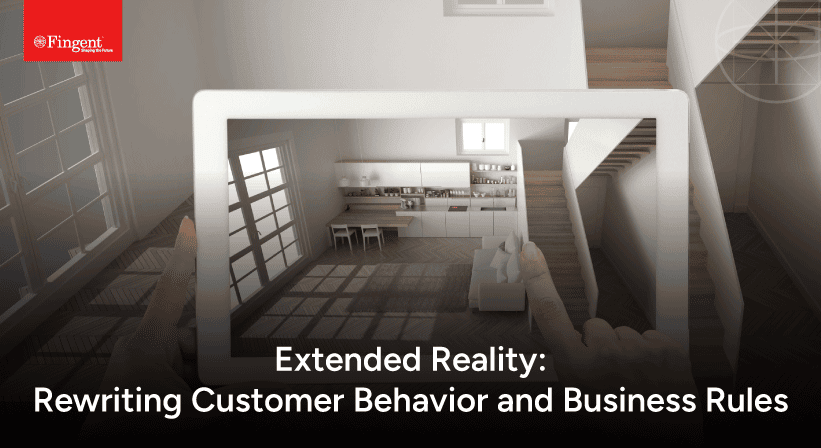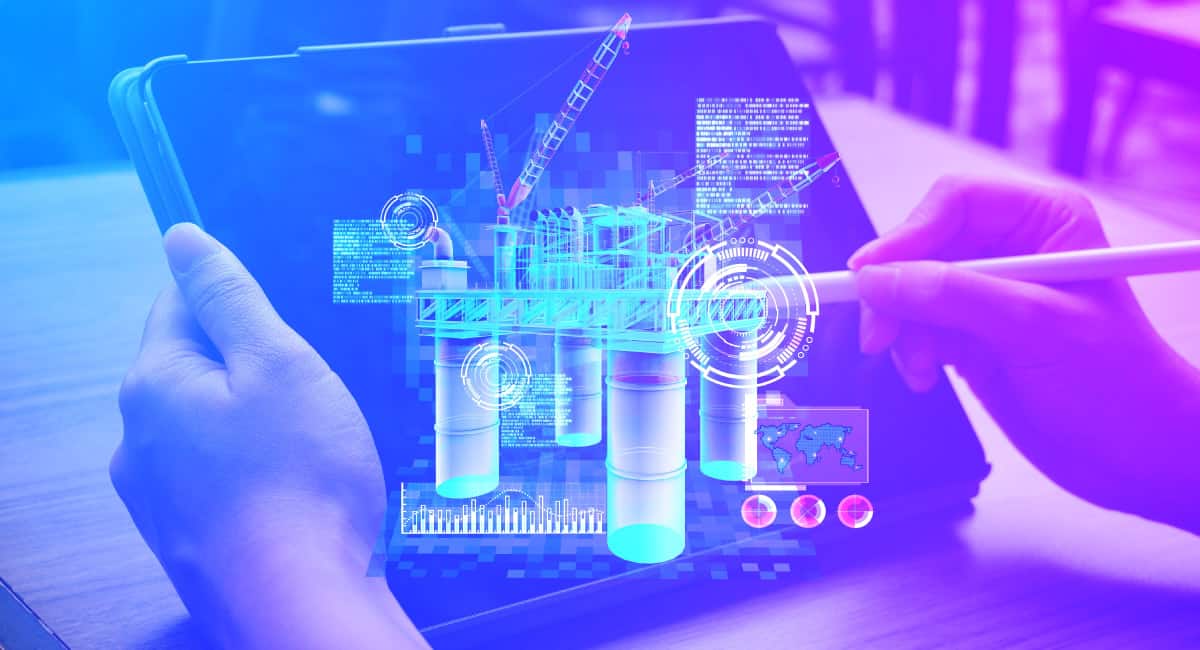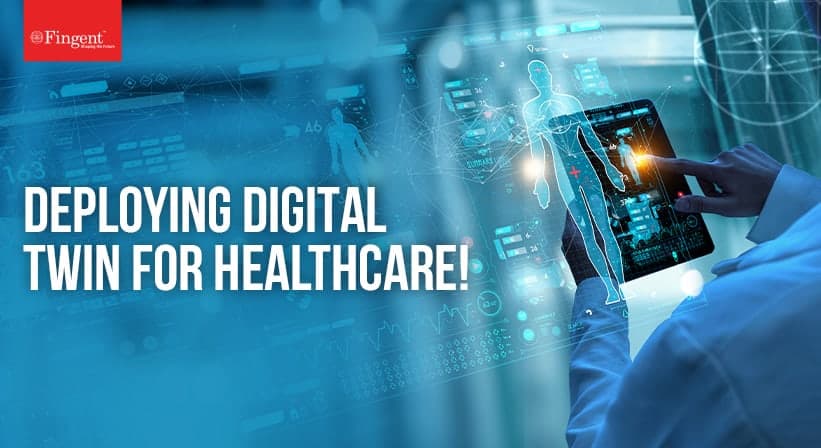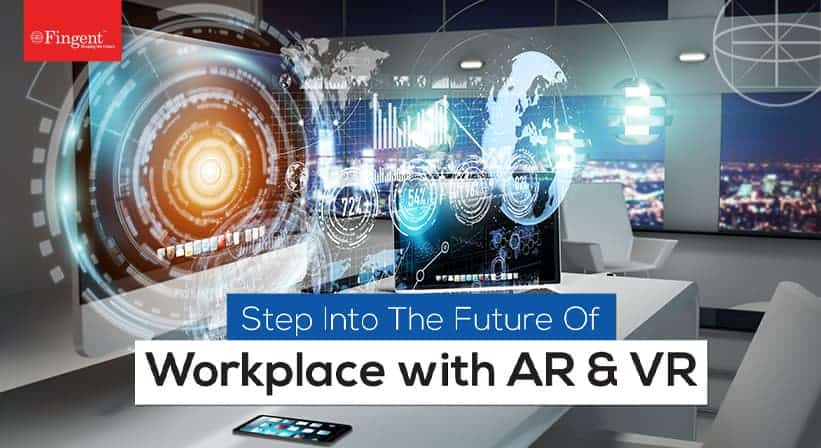Is Mixed Reality the Future of the Healthcare Industry?
Mixed Reality Promising a New Improved Healthcare Industry
Mixed Reality makes it possible for surgeons to perform an operation on a patient thousands of miles away. It makes it possible for nurses to hone their skills and perform hundreds of operations virtually before even touching a patient. Mixed Reality is making the impossible possible.
Mixed Reality combines the real world with the virtual to create solutions that we never thought possible. It enables effective collaboration between physical and digital objects and has found an integral place and application in healthcare. This blog explores some radical ways in which healthcare is using Mixed Reality for better quality treatment and customer experience.
Mixed Reality Working Wonders in Healthcare
By 2026, AV/VR in the healthcare market is expected to reach 7.05 billion USD showing that Mixed Reality is finding increased application in the healthcare industry. From enabling pre-procedural planning and visualization before surgery to training nurses as they virtually workout challenges they could encounter during real-life procedures, and improving the collaboration and communication between doctors and patients – Mixed Reality is making great things happen. Here are some ways in which this is becoming possible.
1. Immersive Learning for Nurses and Medical Students
Skilled nurses are critical to the healthcare industry. Simulations are the most effective method of educating and preparing nurses to respond appropriately to a variety of situations they might encounter. Mixed Reality can place a nursing student in those specific or rare situations, which may be difficult to arrange for in real clinical settings. Such immersive simulations are much more cost-effective than traditional nursing simulation devices. The education company Pearson has collaborated with Microsoft to launch apps called HoloPatient and HoloHuman. These tools use holograms of patients and help in training healthcare professionals as they diagnose and treat medical problems.
As another achievement in Mixed Reality, St. George’s University in Grenada worked with SphereGen Technologies to develop what is called the ‘Learning Heart.’ The Learning Heart is a study aid that enables users to view the hologram of the heart from all directions and examine its functions. It responds to touch and voice commands and allows users to separate all the parts of the human heart, thus making learning immersive for medical students.
2. Reduced Time and Reduced Human Error in Reconstructive Surgery
Reconstructive surgeries enabled by Mixed Reality with the use of HoloLens have proven to be very successful at the Imperial College at St. Mary’s Hospital, London. According to the team guided by Dr. Philip Pratt, Mixed Reality helps surgeons locate and reconnect major blood vessels. With HoloLens, surgeons are able to use holographic overlays to see the bones and identify the course of blood vessels which aids them in their surgery, improving the outcome for the patient. An article in The Times entitled Holograms to get surgeons under the skin of patients showed examples of a 41-year-old man and an 85-year-old woman on whom such reconstructive surgeries were performed successfully.
3. Revolutionizing Surgery
In December 2017, Dr. Thomas Gregory undertook a live transplant surgery with the help of HoloLens. It helped him access the patient’s medical information and anatomical pictures in 3D during the surgery. Since HoloLens is a standalone computer worn like a helmet by the surgeon, his hands are free for surgery. Additionally, the use of microphones and sensors allows the surgeon to communicate with other surgeons in different parts of the world making collaboration easier. All these features, along with the simulations and information it can pull up, make Mixed Reality a valuable asset in improving surgical performance.
4. Improving the Patient Experience
Building trust through efficient communication is an important aspect of a doctor-patient relationship. Mixed Reality makes this possible in a more immersive way. For example, in a recent interview with Sirko Pelzl, CEO and CTO of apoQlar, he spoke about Virtual Surgery Intelligence (VSI) and said: “physicians can use VSI to show patients their own MRI scans and explain the surgical procedure in visual detail. We were able to illustrate in a recent study how greatly patients appreciated this education and communication.”
Mixed Reality also helps in reducing response time and improving surgical accuracy, which contributes to the smooth and successful patient experience. For example, when the surgery is complicated or the patient is critical, diagnostic images with Mixed Reality can serve as a twin of the patient. This helps doctors discuss, plan, and walk through their treatment protocol, thus reducing response time in patient care.
Mixed Reality also gives doctors all the information they need about a patient and enables real-life simulations to help him in his decisions and actions. Commenting on a prototype application called “Cinematic Rendering for Surgery” Christian Zapf, head of the Syngo Business Line at Siemens Healthineers said, “The error rate dropped from 14.1 to 0.8 percent for surgeons in training and from 11.1 percent to 0.8 percent for qualified surgeons.”
https://www.fingent.com/insights/portfolio/future-communication-security-using-augmented-reality/
The Future of Mixed Reality
Mixed Reality has already made deep inroads, especially in medicine. It will continue to improve the quality of healthcare and medical training as it positively impacts the medical industry. Fingent has helped many clients build custom healthcare software solutions, which integrate applications with the latest technologies like Mixed Reality. Get in touch with us and let’s discuss how we can make Mixed Reality possible for you.
Stay up to date on what's new

Recommended Posts

20 Mar 2024 B2B
How Is Extended Reality (XR) Impacting Customer Behavior
Extended Reality (XR) is not a technological marvel. It's a force that is reshaping how we interact with the world. This blog will help you discover how XR catalyzes the……

22 Jun 2023 Healthcare
Augmented Reality in Healthcare: The Industry Future!
Augmented Reality in Healthcare: Use Cases, Examples, and Trends Let’s Discuss Your Project It’s no joke or a mere sci-fi theory! We’re experiencing the impact of Augmented Reality in healthcare,……

16 Feb 2022 Healthcare
Is Digital Twin Promising A New Era for Healthcare?
Over the next three years, 66% of healthcare executives are planning to increase their investment in digital twin, states a recent digital health technology report. Since the outbreak of the……

27 Jan 2022 B2B
Creating a Future Workplace with AR and VR!
“The advance of technology is based on making it fit in so that you don't really even notice it, so it's part of everyday life.” - Bill Gates, Co-founder of……
Featured Blogs
Stay up to date on
what's new




















































